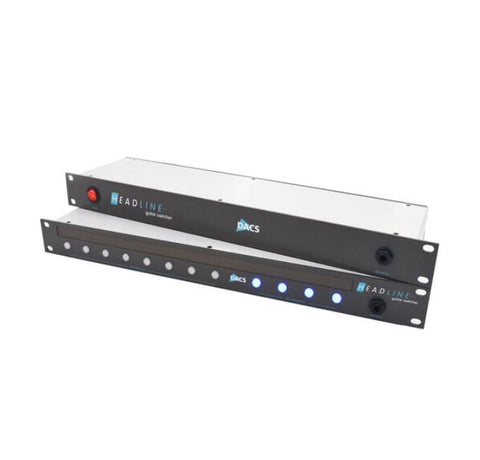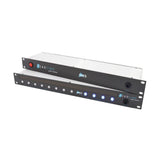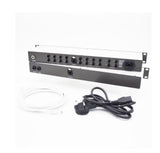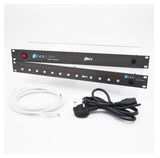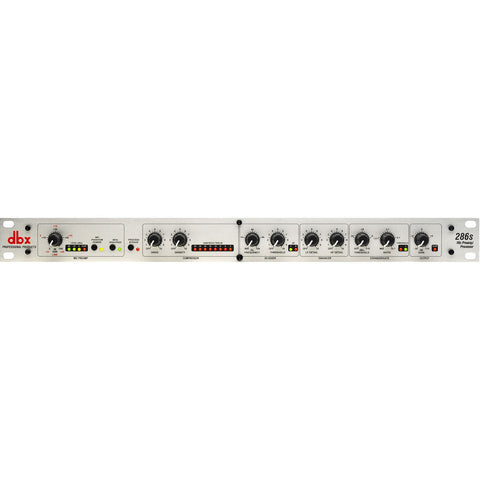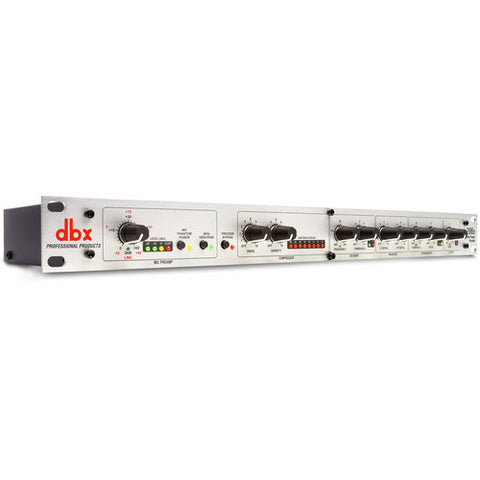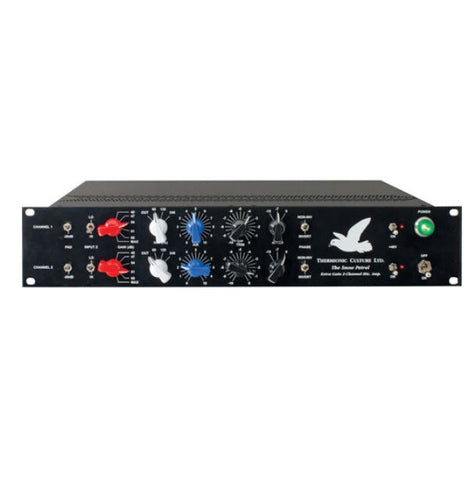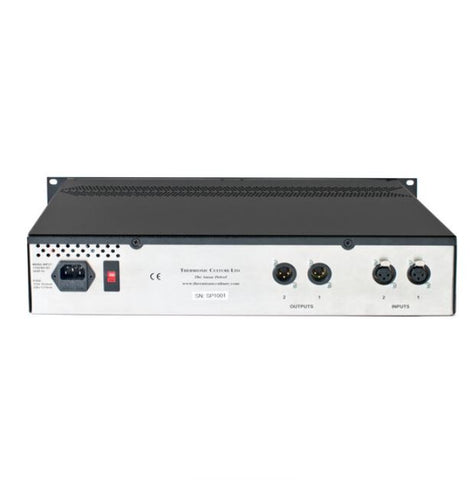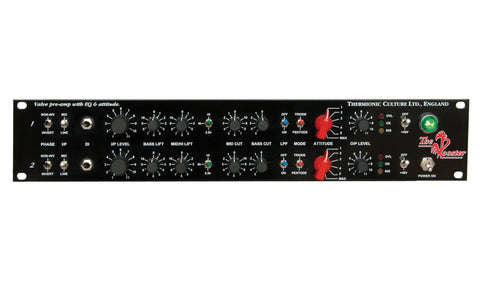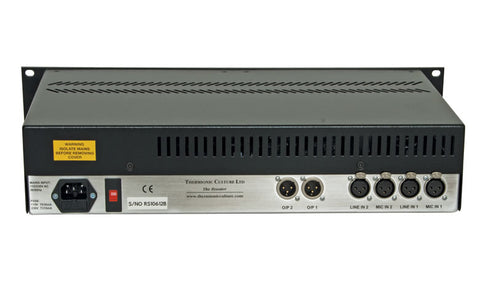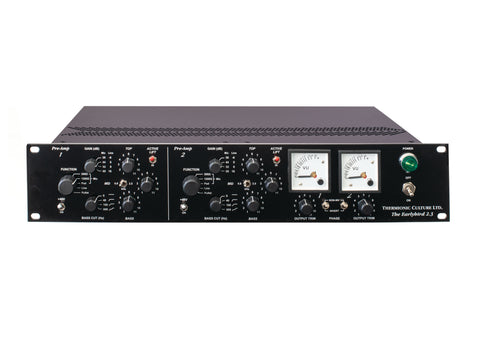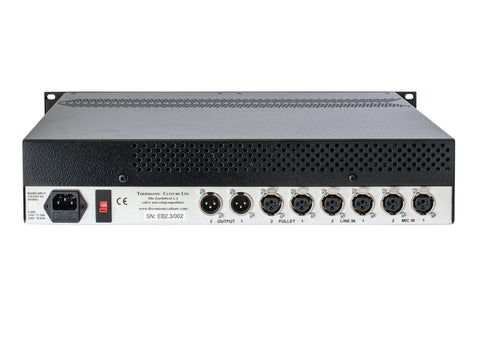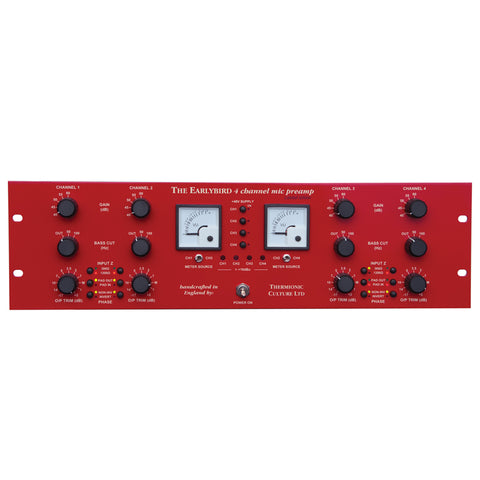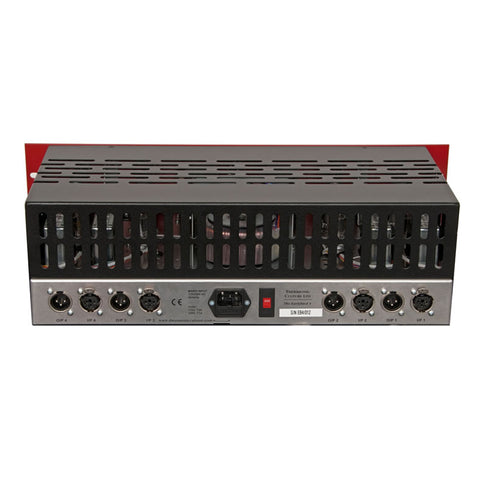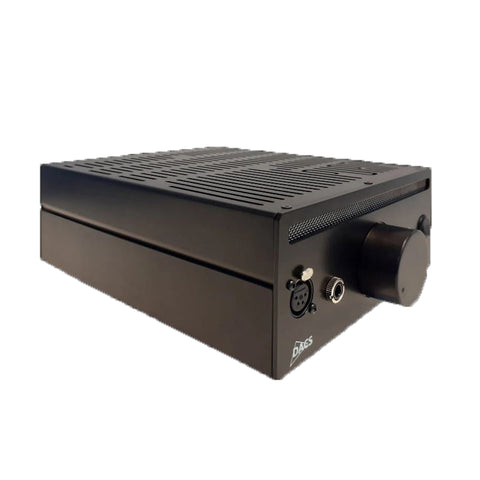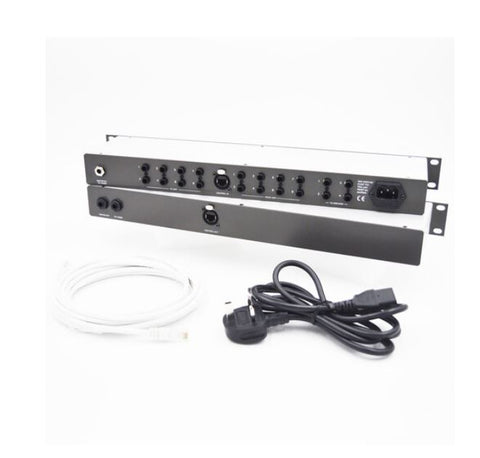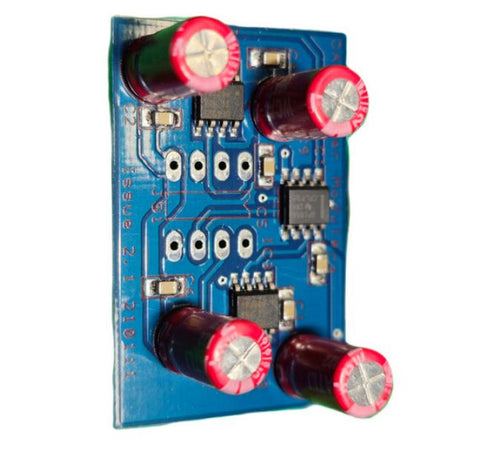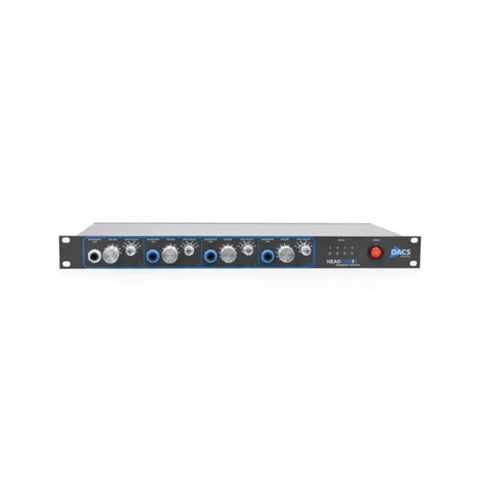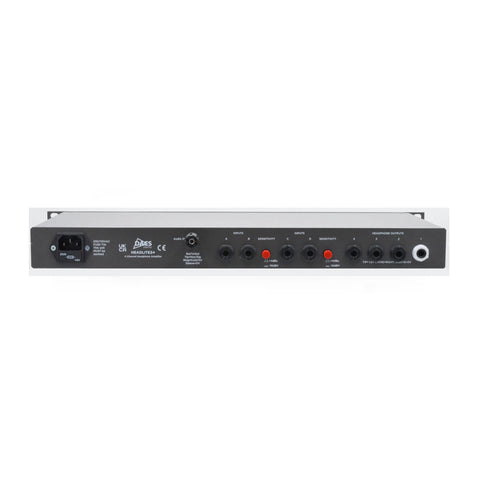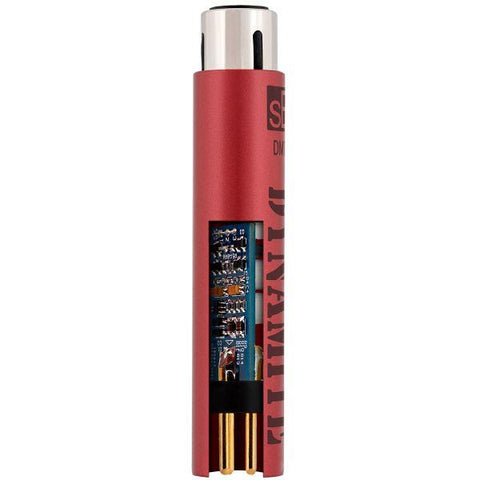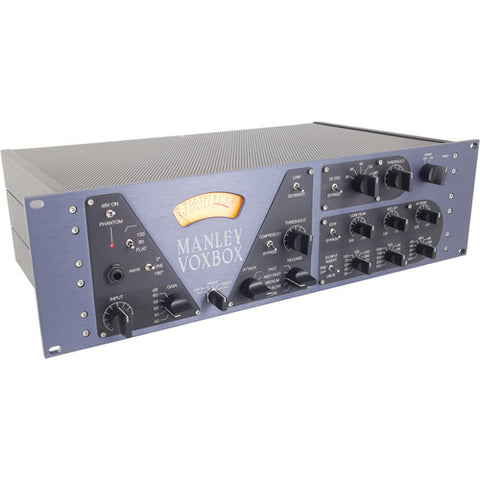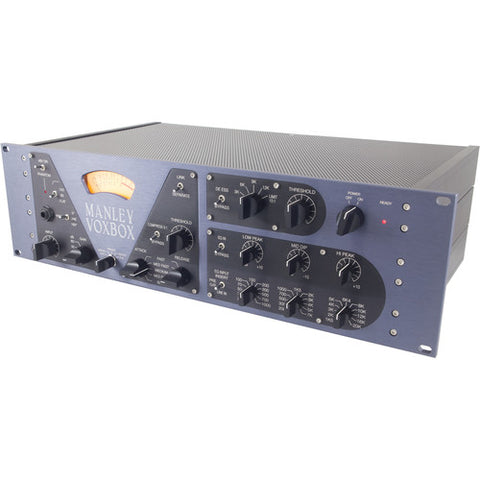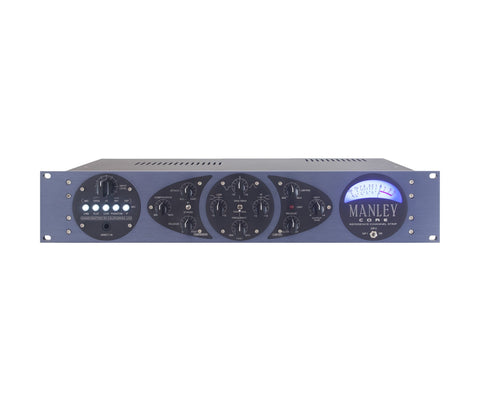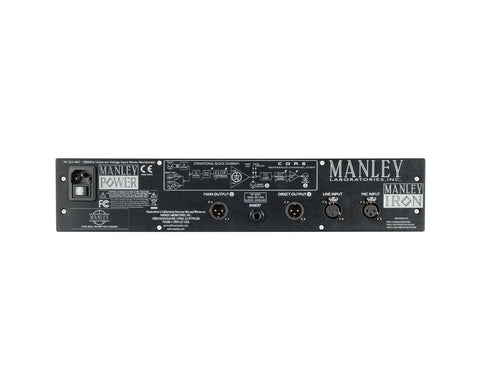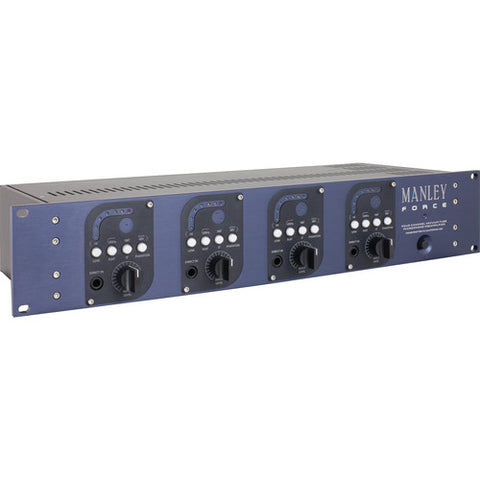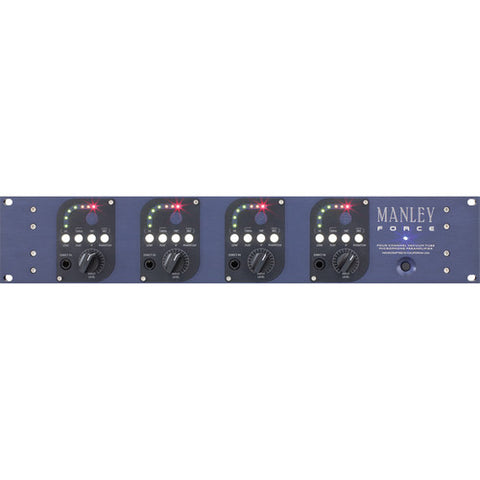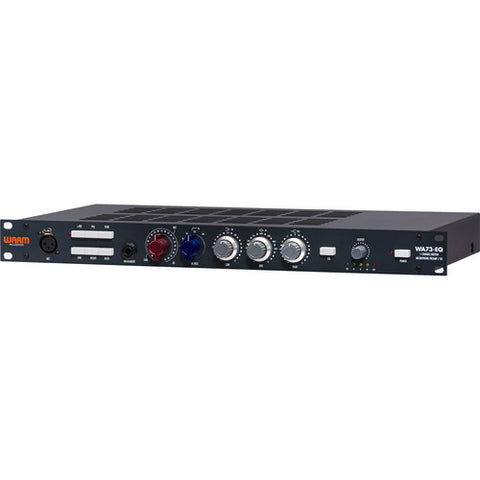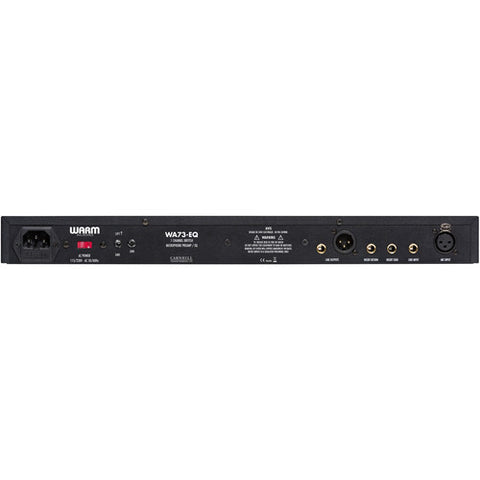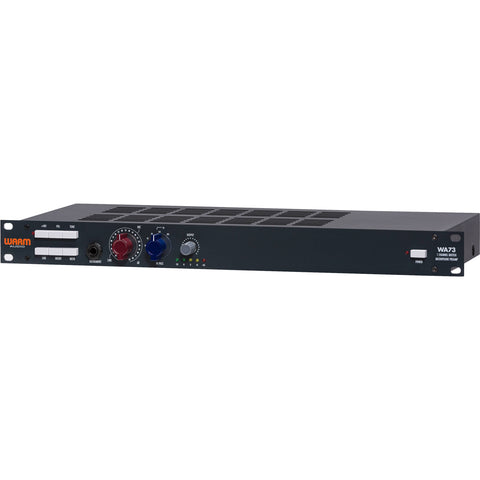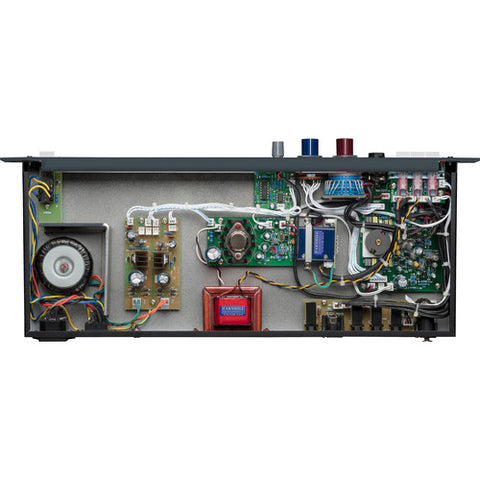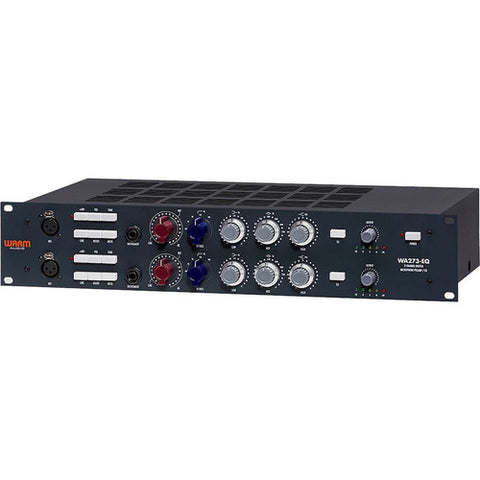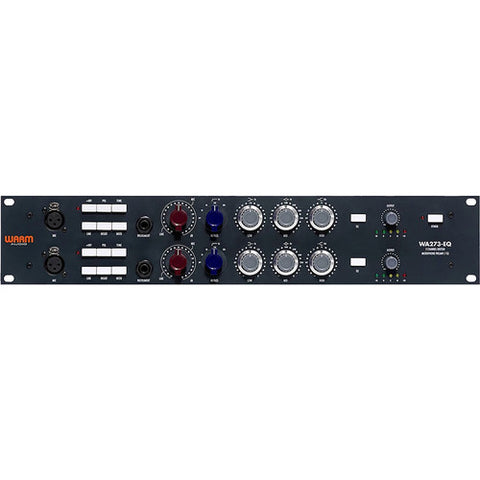DACS HEADLINE Guitar Switching System
Vendor: DACS
Available

DACS HEADLINE Guitar Switching System
Guitarists truly need a quick and dependable approach to evaluate and reorganize their numerous amplifiers and cabinets in preparation for a new record, one that doesn't require the laborious task of physically switching out cables. It is nearly impossible to compare the various combinations accurately, and the intervals between setting changes disrupt workflow. Our answer to this difficulty in design enables the producer and guitarist to sit in the sweet spot of the control room and remotely arrange the amp collection in a matter of seconds; they can do in a morning what had previously frequently taken up to two days or longer.
The DACS HeadLine enables seamless connection and control of 8 amplifiers and 4 speaker cabinets. Users can effortlessly route any amplifier to a single speaker or two speakers simultaneously. The system intelligently detects connected speakers, allowing selection only for channels with active speakers. Comprising two compact 1U rack enclosures, the HeadLine features a user-friendly interface in one unit, while the other unit serves as a relay switching box positioned alongside the amplifiers. Connection between the units is facilitated by a standard RJ45 network cable, ensuring simple routing and cable organization. With digitally controlled relay switching, amplifier loads are carefully managed, and guitar input is muted during switching operations. Additionally, illuminated switches on the user interface provide a clear indication of selected amplifier and speaker configurations.
User Interface/Selector Unit
The HeadLine selector unit features 12 illuminated buttons, with 8 buttons in red designated for amplifier selection and 4 buttons in blue for loudspeaker cabinet selection. Continuous monitoring of loudspeaker connections ensures functionality and prevents short or open circuits. During routing, available speaker outputs are indicated by dimly lit switches, while unavailable outputs remain unlit. For labeling convenience, each amplifier and cabinet is equipped with a Neodymium magnetic strip embedded in the case. White magnetic labels, supplied with pre-cut strips and a whiteboard pen in a drawstring bag, can be easily affixed to these strips. Extra labels are provided, allowing users to maintain a collection of prewritten or printed tape labels for quick use in different sessions.
Relay Switcher Unit
The HeadLine switcher unit switches all screens/0V lines with the signal lines ensuring total isolation between amplifiers, and total fidelity of transmission. On unselected amplifier inputs, the signal and screen are linked (like a ‘silent switch’ jack) to ensure there is no hum or other interference picked up by the amplifier. Unselected amplifier outputs are connected to a dummy load to ensure that sensitive valve output stages are not compromised. When a new amplifier or loudspeaker is selected, the first step is to disconnect the currently active amplifier input line and link the signal and screen. Very shortly after this the selected amplifier output is routed to the selected loudspeaker, then the guitar input is connected. The very short delay gives the amplifier a chance to settle, and any reverb to dissipate before disconnecting its output. Changing loudspeakers follows the same procedure.
Connection
There are two options for connecting the guitar (a 5-meter guitar cable is included with the HeadLine). The guitar is connected to the Selector unit's front, which is paralleled by two connectors on the back: one connects to a tuner, and the other to the Relay Switcher, which may be connected to either the front or the back of the device using the included cable.

A tuner can be attached to the Relay Switcher unit's rear jack, which is where the guitar is plugged in. Numerous jack sockets, an RJ45 input, and the main power connector are located on the rear of the relay switcher unit. According to the connection diagram, the socket on the left (GUITAR IN/TUNER) will either be fed as Option 1 from the guitar selector unit or as Option 2 to a tuner.
- Switching time between amplifiers Typically 40ms
- Switching time between loudspeakers Typically 150ms
- Crosstalk between ‘To Amplifier’ jacks; levels measured on Outputs 2-8 with +10dBu on Output 1 -120dB (threshold of measurement)
- THD+N – measures the same as a wire linking input to the output of test unit (Prism D Scope)
 USD
USD EUR
EUR
 AUD
AUD
 GBP
GBP
 JPY
JPY

